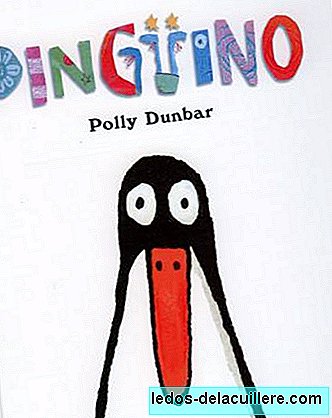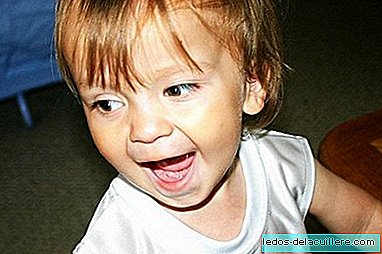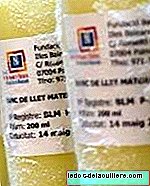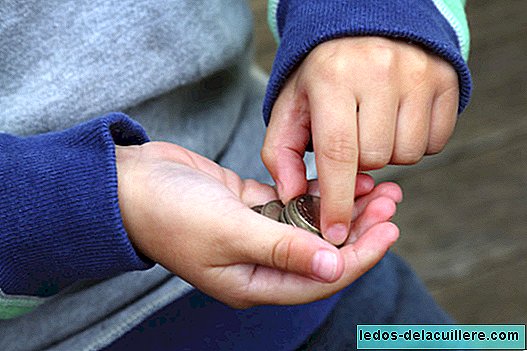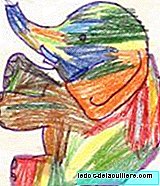
The parents suddenly discovered drawings of our children in the walls. Light strokes, circular stripes; prints that undoubtedly have the signature of the little ones of the house.
Around 18 months children begin to be interested in pencils, crayons, paintings, etc. You can now take a pencil and do messy doodles. These first drawings make no sense; The child sometimes does it by looking the other way. Its function is only a motor discharge and the pleasure of movement. In the stage of controlled scribbling (towards 24 months), discover the relationship between the scribbles he makes and the movement of his hand. At this stage the experimentation exceeds the expression. They begin to respect the leaf limit and the scribbles can easily be differentiated.
Around two and a half years the little artist begins to make more structured scribbles, closes the lines and the circular scribble appears. It is the stage where symbolism appears and therefore begins to name his drawings. It is known as the stage of Scribble with name. Between the first three and four years the first sketches of the human figure appear, known as "monigote or man cell". Begins to create a similarity between drawing and reality. His drawings are represented in a context and draw scenes from his experience.
The use of color in the early stages has a secondary role. Once he enters the stage of scribbling with name he begins to prefer colors consciously, however the use of color is not realistic: a man can be green, the red moon, a multicolored dolphin, etc. Parents should not correct him for this, the expression must be spontaneous. We don't correct him by imposing perfectionist drawings. Nor should we abuse the drawings made only to fill with colors or stereotyped drawings (the typical little house, the tree, the clouds, the sun). Creation must be an activity that provides pleasure in a free context to be carried out at will.
Through the drawing the child expresses the personality, the affections and the relationship with the world. This is also why it constitutes an important diagnostic document in child psychology.


